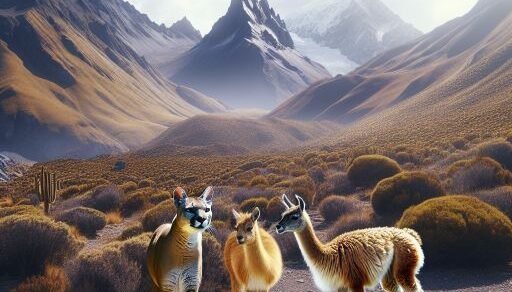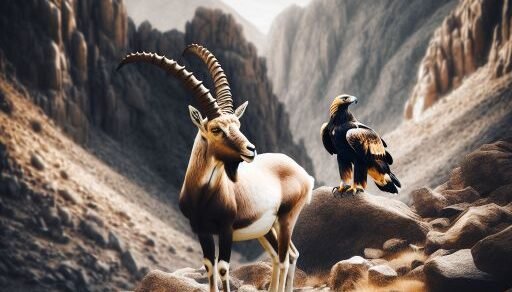Location and Habitat
The cheetah, known for its remarkable speed, primarily inhabits the savannahs and grasslands of sub-Saharan Africa. This environment allows it to utilize its incredible speed to chase down prey across vast, open landscapes. The cheetah’s habitat is characterized by flat areas with sparse vegetation, which is crucial for maintaining visibility and mobility during high-speed chases.
On the other hand, the ostrich, the world’s largest bird, is also native to various regions across Africa, particularly favoring open land including savannahs, grasslands, and semi-deserts. This bird cannot fly, but its long legs are perfectly adapted for fast, sustained running, and its large eyes help it spot potential predators from a distance. The ostrich’s habitat choice supports its need for space to run and a diet primarily composed of plants and insects found in these open areas.
Cheetah vs. Ostrich Comparison
| Animal | Size and Weight | Ability to Finish Opponent | Weaponry |
|---|---|---|---|
| Cheetah | Length: 1.1 to 1.5 meters; Weight: 21 to 72 kg | High speed attacks, primarily uses speed to chase down prey | Sharp claws and teeth |
| Ostrich | Height: 1.8 to 2.8 meters; Weight: 63 to 145 kg | Can deliver powerful kicks, generally avoids combat | Strong legs with sharp claws on feet |
“`
Hunting and Skills
Cheetahs are renowned for their incredible speed, reaching up to 60-70 mph in short bursts covering distances up to 1,500 feet, which they use to chase down prey such as gazelles, impalas, and smaller hoofed animals. They primarily hunt by sight rather than scent, stalking their prey to within 60-70 feet before launching a high-speed chase. Their slender, aerodynamic bodies and long legs are perfectly designed for such bursts of speed, and they typically hunt during the day to avoid competition with stronger nocturnal predators.
Ostriches, on the other hand, are prey animals with several adaptations for defense. As the largest and heaviest birds, they cannot fly, but they are incredibly fast runners, reaching speeds up to 45 mph to escape threats. Their long, powerful legs can deliver formidable kicks capable of killing a human or a potential predator like a lion. Ostriches primarily feed on plants, seeds, and insects, but they can also consume small vertebrates and invertebrates when available. They often rely on their excellent vision and height to spot predators from a distance and flee if necessary.
Cheetah vs. Ostrich Who Would Win?
The cheetah initiates the fight with a burst of speed, attempting to overpower the ostrich. The ostrich uses its powerful legs to deliver strong kicks, aiming to fend off the cheetah. The cheetah tries to dodge and maneuver for a better position, but struggles against the ostrich’s size and reach. The fight continues with the cheetah making quick attacks and the ostrich defending with kicks and pecks. Eventually, the cheetah’s stamina begins to wane due to its quick energy expenditure. The ostrich, with its endurance, manages to keep the cheetah at bay. The fight ends with the cheetah retreating, unable to secure a victory.
Winner: Ostrich with a 65% chance of winning.




